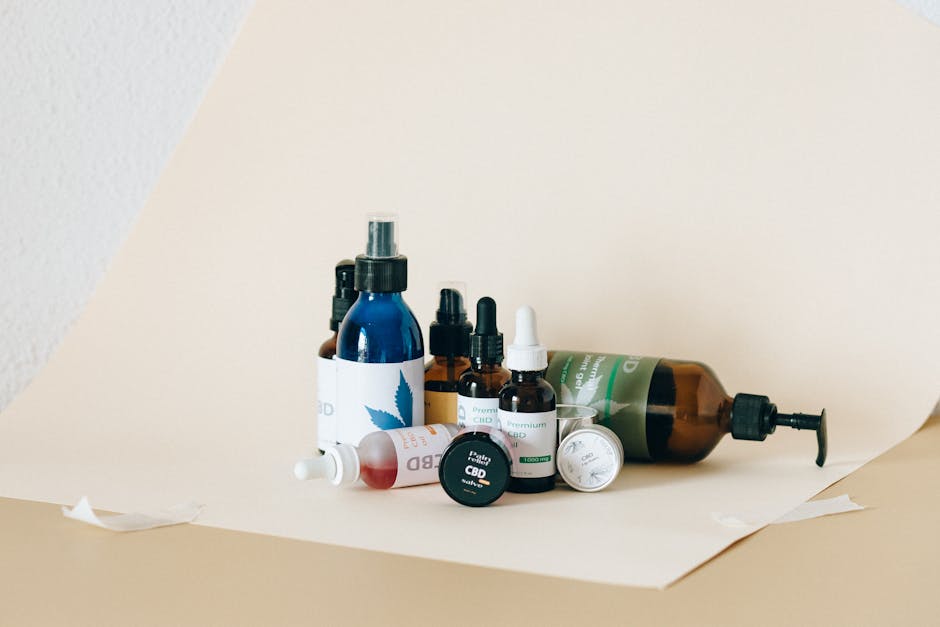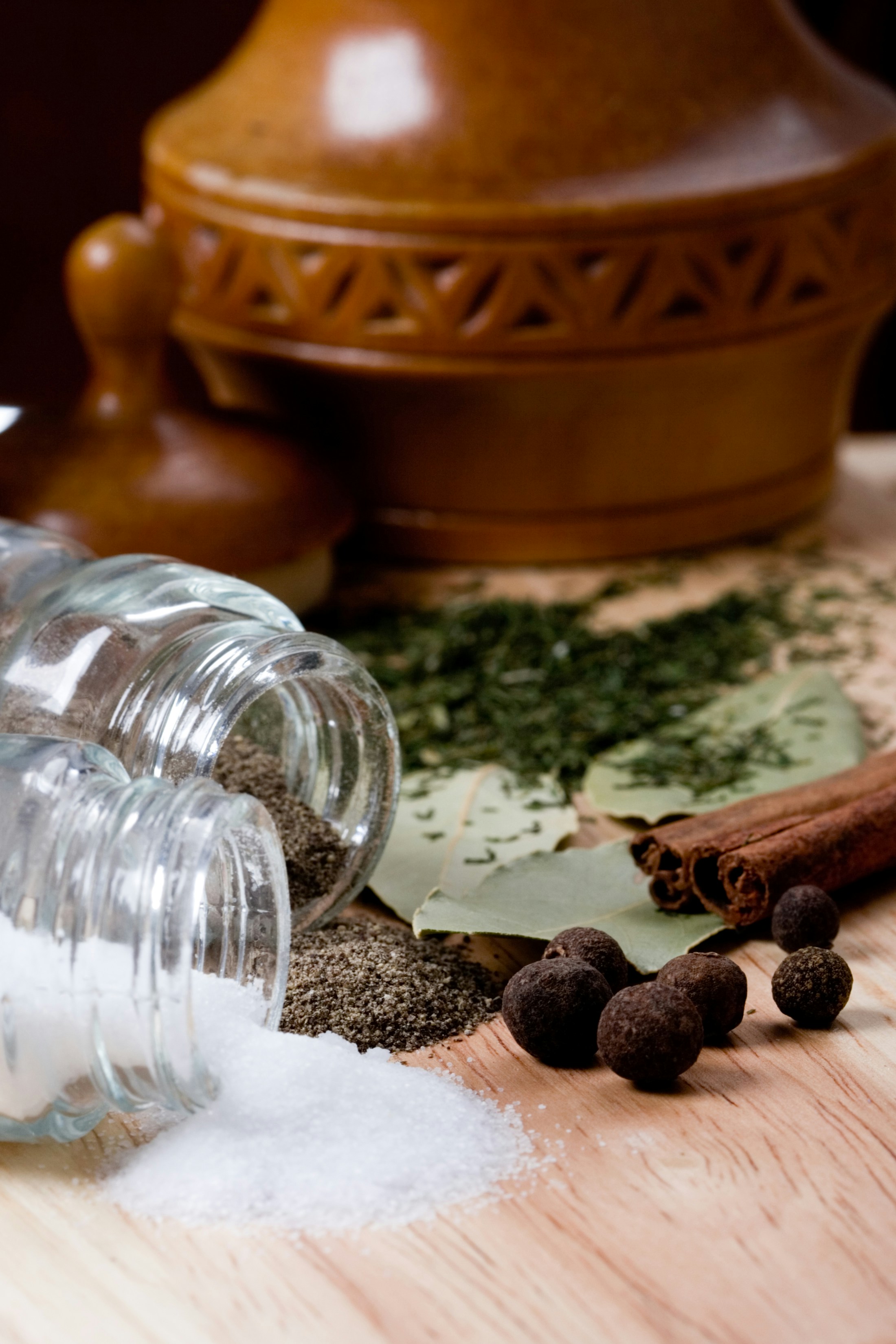Eco-Transcendence: Discover How Upcycled Ingredients Transform Skincare
In a world where sustainability is paramount, the beauty industry is stepping up its game. Eco-transcendence is not just a label; it’s a movement paving the way for skincare products formulated with upcycled ingredients, revolutionizing not only our vanity drawers but also our approach to skin health. By harnessing the power of ingredients that might otherwise go to waste, brands are not only cultivating greener practices but also creating innovative solutions that promise to enliven dull skin and mitigate environmental impact. Join me as we delve deeper into how upcycled ingredients are reshaping skincare formulations and what this means for you.
The Shift Toward Sustainability in Beauty

The skincare and beauty landscape is evolving, driven by a palpable shift toward sustainability. As consumers, we are increasingly aware of the ecological footprint left by our beauty routines. Traditional production methods often come with high waste levels, leading to a plethora of detrimental impacts on our planet. According to a report from Harvard Business Review, sustainable practices are not only favored by environmentally conscious consumers but are also becoming a required standard for brands to maintain relevance.
Brand loyalty has increasingly shifted toward companies that showcase accountability for their environmental practices. From eco-friendly packaging solutions to the incorporation of upcycled ingredients in their formulations, a fresh wave of brands is redefining what beauty means in today’s world.
Understanding Upcycled Ingredients

At its core, upcycling involves taking materials that would otherwise be discarded and transforming them into higher quality, value-added products. In the beauty realm, this means sourcing ingredients from overlooked byproducts of agriculture or the food industry. For instance, coffee grounds, fruit peels, and herb stems—often discarded—are being repurposed into potent actives that provide benefits to the skin.
These ingredients, high in antioxidants, vitamins, and minerals, are making waves in formulations, enabling skincare enthusiasts to not only indulge in luxurious products but also contribute positively to the planet. Imagine enjoying a luxurious facial serum that utilizes the antioxidative properties of upcycled grape seeds—all while supporting a sustainable cycle.
The Benefits of Upcycled Ingredients for Skin Health

You may wonder how products that harness these seemingly modest ingredients can hold remarkable benefits for skin health. Here's where the fascination begins: upcycled ingredients often come packed with the nutrients and bioactive compounds that can nurture our skin on multiple fronts.
Rich in Antioxidants

Many upcycled ingredients are particularly rich in antioxidants. For example, upcycled berry extracts are becoming popular in moisturizers and serums. Antioxidants are vital in combating free radicals that cause premature aging and skin damage. Integrating these into your daily routine can enhance your skin's resilience.
Nutrient-Dense Formulations

Not only do upcycled ingredients contribute antioxidants, but they also deliver essential nutrients. Take, for instance, leftover avocado pits which are being crushed and formulated into oils. These oils are high in healthy fats and vitamins, propelling moisturizer effectiveness.
You can explore how nutrient-dense formulations influence overall skin health further in our in-depth examination of skincare rooted in sustainable practices.
Reduced Environmental Impact

Choosing products with upcycled ingredients also means that you are playing your part in reducing waste. When you opt for skincare that features these components, you contribute to a closed-loop system that aims to minimize the carbon footprint associated with ingredient sourcing.
Innovative Brands Leading the Charge

The rise of upcycled skincare can be attributed to a growing number of pioneers willing to take a leap into eco-transcendence. Here are a few standout brands actively changing the game:
1. Youth To The People
This brand is known for its commitment to sustainability, utilizing upcycled superfoods like spinach and kale in their formulations. They prioritize clean ingredients without harmful additives, resulting in products that not only nourish but also soothe the skin.
2. The Ordinary
Acclaimed for its no-nonsense approach, The Ordinary taps into lesser-known ingredients, including those sourced from waste streams. Their focus on transparency has garnered them immense popularity among skincare enthusiasts.
3. Farmaesthetics
Farmaesthetics stands out by employing local farmers to provide ingredients like pressed oils and herb-infused solutions. The company emphasizes using organic materials that minimize environmental impact and prioritize skin wellness.
4. Biossance
Biossance is taking upcycled ingredients to the next level by focusing on sustainably sourced squalane derived from upcycled sugarcane. This nourishing oil is prized for its hydrating properties and easy absorption into the skin.
Common Misconceptions About Upcycled Ingredients
Amidst the buzz surrounding upcycled skincare, certain misconceptions linger. Let’s clarify what’s factual and what’s falsely perceived.
Myth: Upcycled Products Are of Lower Quality
Contrary to this belief, the use of upcycled ingredients often enhances the quality of the product. By innovating from what’s traditionally waste, brands are discovering new active compounds that can outperform conventional ingredients—bringing you formulations that are effective and sustainable.
Myth: All Upcycled Ingredients Are Unsanitary or Harmful
Another common misconception relates to health and safety. It’s crucial to emphasize that brands utilizing upcycled ingredients often adhere to stringent quality standards. Regulatory scrutiny ensures that products are clean, safe, and packed with benefits.
How to Choose Upcycled Skincare Products
When venturing into the world of upcycled skincare, here are some nuggets of wisdom to keep in mind:
1. Research Ingredients
Look for transparency in the ingredient list. Brands should disclose the sourcing of their upcycled content. Websites, labeling, and company communication are key—if it’s hard to find details, be wary.
2. Look for Certifications
Many brands that employ upcycled ingredients also have eco-friendly certifications. These can lend credibility to their claims. Look for seals like Leaping Bunny or USDA Organic, which provide a level of assurance about the product's integrity.
3. Assess Effectiveness
Just because a product is labeled “eco-friendly” doesn’t mean it’s effective for your skin type. Start with sample sizes or travel packs when venturing into a new brand to ensure compatibility before committing to full-sized products.
You may also want to explore how the relationship between skincare and happiness can be affected by personal preferences—check out our article on mood-boosting beauty.
Potential Challenges with Upcycled Ingredients
Despite the positive narrative surrounding upcycled skincare, there are challenges and limitations to be aware of.
Ingredient Availability
Sourcing can be inconsistent. Because many upcycled ingredients depend on agricultural byproducts, seasonal fluctuations can affect availability and lead to formulation changes.
Consumer Awareness
The relatively new concept may confuse consumers. Brands need to go the extra mile in education, ensuring that customers understand the benefits and reasons behind the use of upcycled ingredients.
Perceptions of Power
Even among the most fervent sustainability advocates, old habits die hard. Persuading consumers to shift their preferences toward upcycled products can be an uphill battle due to the existing fixation on luxury and prestige.
The Future of Upcycled Skincare
As the world turns its gaze toward environmental consciousness, the prospects for upcycled skincare are bright. The industry is witnessing not only an increase in demand for eco-friendly formulations but also the potential for advancements in formulations that make sustainable products more effective.
Imagine a future where upcycled ingredients are a common staple—as normal as retinol or hyaluronic acid—making eco-conscious skincare accessible to all. The future of beauty is not just in the formulations used but in creating a culture that celebrates sustainability and connection to our planet.
Final Thoughts: Embrace Eco-Transcendence in Your Beauty Routine
Becoming part of the eco-transcendence movement doesn't require completely overhauling your beauty routine. Start small: try incorporating one or two products with upcycled ingredients into your regimen. With every choice, you can be a part of a larger narrative—one that values both skin health and the welfare of our planet.
Explore more about sustainable skincare practices by diving into our ultimate guide to eco-friendly brands. Together, we have the power to uplift our skin while nurturing the world around us.



